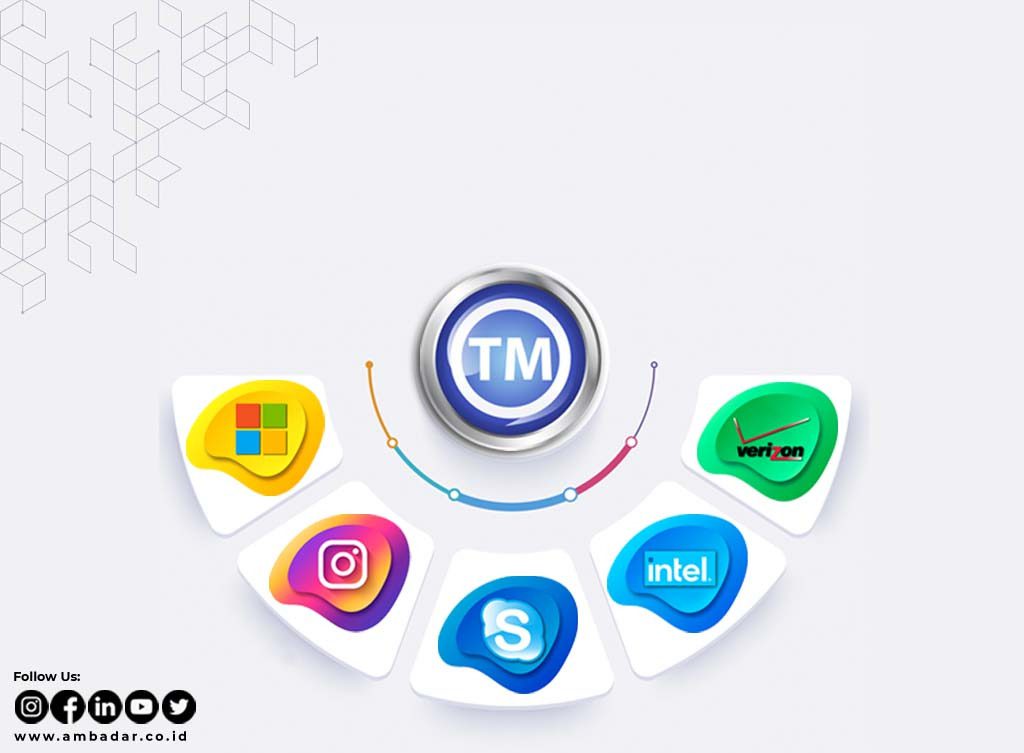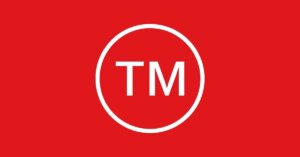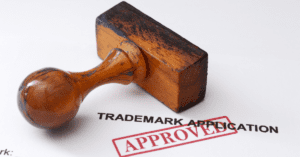What is Portmanteau?
Portmanteau is derived from the French term for a big suitcase, commonly used to carry clothes while traveling. Portmanteau defines a suitcase that splits into two halves.
Meanwhile, portmanteau is a term formed by combining two or more words or portions of linguistic words. As a result, the term portmanteau will disclose a mixture of meanings derived from the pieces of the words. For instance, metaverse (meta + universe), Bollywood (Bombay + Hollywood), modem (modulator + demodulator), and other regularly used terms.
Advantages of the Portmanteau
Portmanteau will have a significant impact on branding if it is used effectively. The Verizon trademark, for example, is a combination of the terms veritas and horizon. Verizon has benefited significantly from its ability to control a phrase altogether. In contrast to common terminology in a language, which may pose legal difficulties in many other companies. The brand is not jeopardized by the word “Verizon.”
Furthermore, using the portmanteau technique can help the public recognize the brand.
Aside from Verizon, numerous well-known trademarks adopt portmanteau techniques, including:
Instagram (instant camera + telegram).
Microsoft (microcomputer + software).
Skype (sky + peer-to-peer).
Intel (integrated + electronics).
In science, the phrase “vitamin” mixes the vitality and amine of the word. Have you thought about the brand that will be utilized for the product or service you wish to use?
Protect the brand
After determining the brand name, some steps should be taken to protect the brand and get legal protection. The following are some things you may take to protect your brand Verification of registered trademarks. The Intellectual Property Database issued by the Directorate General of Intellectual Property (“DJKI“) can be used to trace the examination of registered marks.
1. Check the availability of the trademark
The steps to check registered trademarks online are as follows:
go to (https://pdki-indonesia.dgip.go.id/)
select “Trademark“;
insert the name of the brand to be checked;
click “Search“;
if there are brands with similar names, their status will show a list of those brands.
2. Check the item class
Next, you can examine the class of commodities and the type of goods or services before registering the mark after reviewing the Intellectual Property Database. The inspection may be carried out using the site (https://skm.dgip.go.id/).
3. Registering a trademark
A trademark can be registered either independently or through an intellectual property consultant. An intellectual property consultant means any person with expertise in intellectual property and registered as an intellectual property consultant. An intellectual property consultant specifically provides services in filing and managing an intellectual property application.
There are various benefits of applying with the assistance of an intellectual property consultant. Intellectual property consultants may reduce the complexity and improve efficiency in the pre-mark and post-mark registration procedures.
Intellectual property consultants will keep an eye on intellectual property across the DJKI process. In addition, intellectual property consultant will also provide you with periodic reports and assist you with legal plus intellectual property consultation.
Moreover, using the service of intellectual property consultant can reduce the possibility of the trademark you intend to register being rejected. You will receive complete assistance until the situation is entirely handled.
Before choosing an intellectual property consultant, you should ensure that they are registered with the DJKI. You may find out more about it on this official website (http://pdkki.dgip.go.id/index.php/pages/cari?key=AMBADAR).
If you need further information and consultation on intellectual property, brand licensing management, or other legal services to protect your business, please get in touch with us at marketing@ambadar.co.id.
Source:
Kim, K., & Cho, Y. C. (2012). A content analysis of advertising transitions: Impact of brand name, persona, and appeals. Journal of Business & Economics Research (JBER), 10(9), 501-512.






